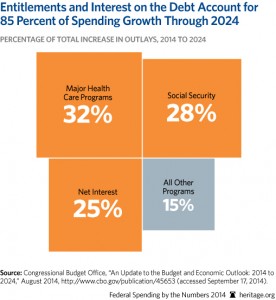Social Security: A Broken Socialist Dinosaur
It seems many still harbor, or want to perpetuate, the illusion that our Social Security system is not in trouble. Let me quote here from a press release from the Social Security Administration released March 31, 2023: The Social Security Board of Trustees today released its annual report on the financial status of the Social Security Trust Funds. The combined asset reserves of the Old-Age and Survivors Insurance and Disability Insurance (OASI and DI) Trust Funds are projected to become depleted in 2034, one year earlier than projected last year, with 80% of benefits payable at that time. In 2034, per the report, “if Congress does not act before then … there would be sufficient income coming in to pay 80% of scheduled benefits.” It couldn’t be clearer. In 10 years, with no action from Congress, everyone will begin receiving 80% of what they are currently receiving, or promised, under the existing Social Security system. Can anyone imagine getting a notice from a private retirement provider saying that in 10 years all beneficiaries will begin receiving 80% of what they were promised? How did we get into this situation? It’s the wonders of government planning, of socialism.
Aside from the terrible economics of Social Security, how about the terrible politics? Every young person entering the workforce today has no choice but pay the payroll tax into this bankrupt system. With all our rhetoric about freedom, democracy, and social justice, shouldn’t young people entering the workforce be given a choice whether they want to participate in this system? Why shouldn’t they be given the option—the freedom—to join a private retirement plan rather than a socialist government system? How about the injustice this causes low-income Americans under the guise that government socialism is good for them?
Social Security is not a pension program based on investments. It is a government tax and spend program.
Beyond what this broken system does to individuals, it also hurts the nation in the larger fiscal scheme of things. Social Security accounts for 19% of federal spending. Social Security not only points to fiscal and economic bankruptcy but also to political bankruptcy, as politicians unwilling to tell the hard truths to citizens tell them everything is OK. It’s time for leadership and truth. And it is time to give American citizens freedom to control their own property and their own lives in our free country.
More From Daily Signal:
















